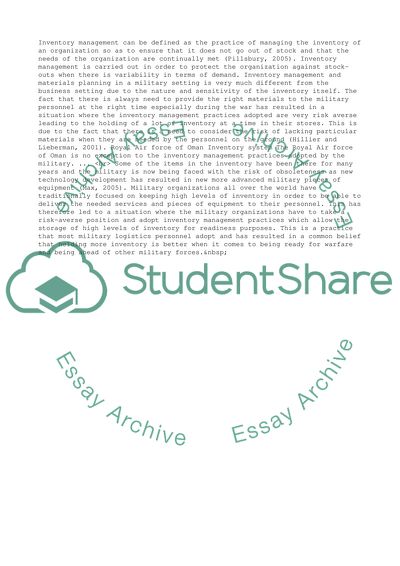Cite this document
(Inventory Management and Materials Requirement Planning of The Royal A Term Paper, n.d.)
Inventory Management and Materials Requirement Planning of The Royal A Term Paper. Retrieved from https://studentshare.org/management/1495719-inventory-management-and-materials-requirement
Inventory Management and Materials Requirement Planning of The Royal A Term Paper. Retrieved from https://studentshare.org/management/1495719-inventory-management-and-materials-requirement
(Inventory Management and Materials Requirement Planning of The Royal A Term Paper)
Inventory Management and Materials Requirement Planning of The Royal A Term Paper. https://studentshare.org/management/1495719-inventory-management-and-materials-requirement.
Inventory Management and Materials Requirement Planning of The Royal A Term Paper. https://studentshare.org/management/1495719-inventory-management-and-materials-requirement.
“Inventory Management and Materials Requirement Planning of The Royal A Term Paper”, n.d. https://studentshare.org/management/1495719-inventory-management-and-materials-requirement.


